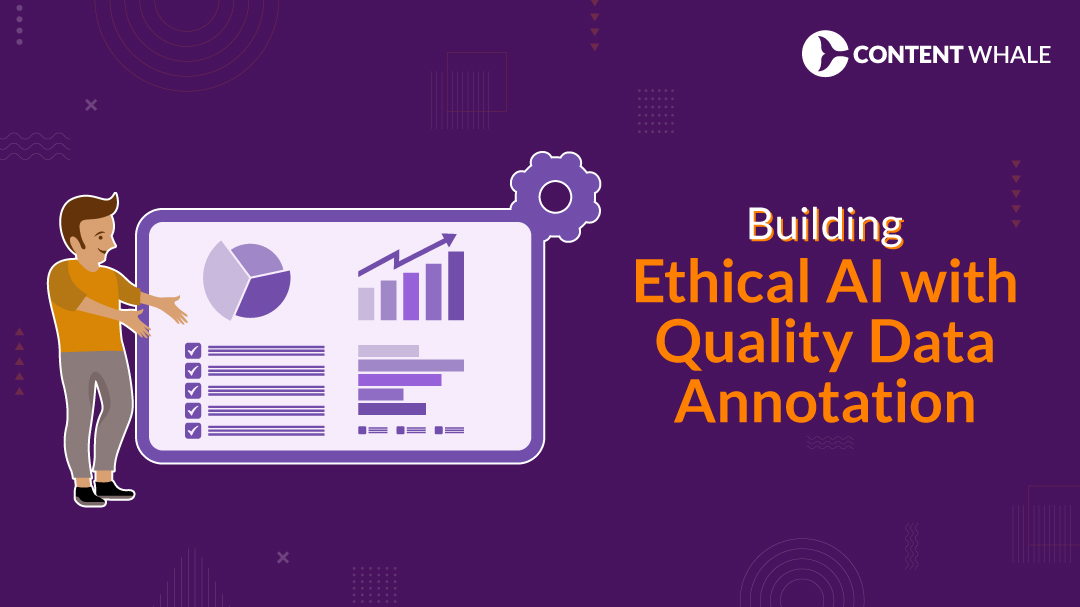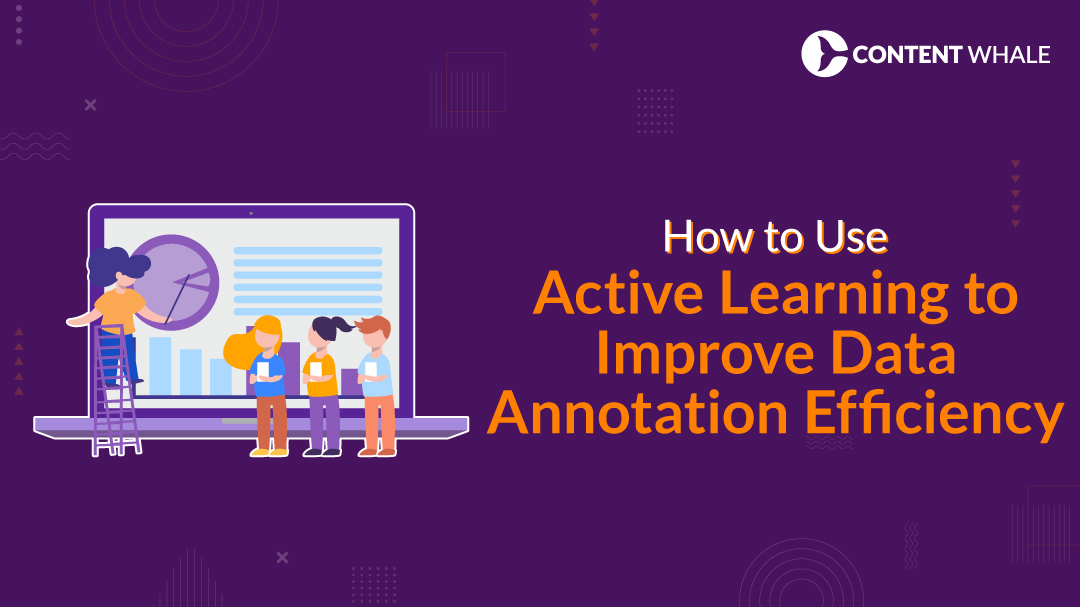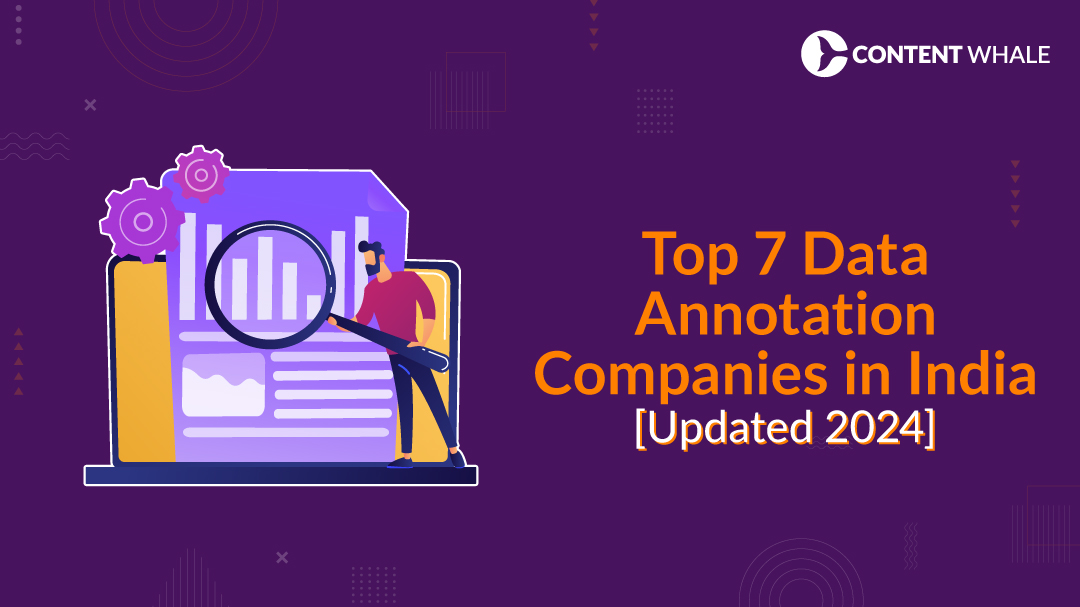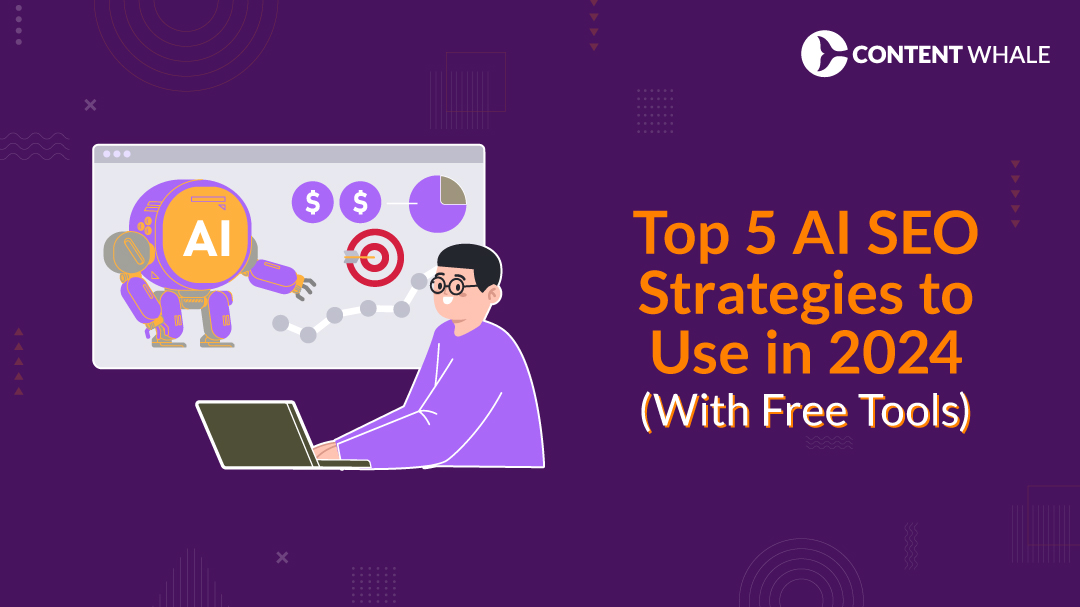Building ethical AI models isn’t just about sophisticated algorithms; it’s about the quality of the data these systems are trained on. Data annotation, the process of labeling and organizing data, plays a vital role in shaping how AI understands and processes the world. From reducing AI data bias to ensuring that machine learning systems are fair and trustworthy, well-executed data annotation ensures responsible AI development.
Ethical concerns such as AI transparency and algorithmic fairness start with how data is prepared. Whether through manual annotation or leveraging automated annotation tools, the integrity of AI systems largely depends on this foundation.
In this blog, we’ll explore the role of data annotation in building AI systems that align with human values, focusing on key practices to foster ethical data annotation.
1. The Importance of Data Annotation in AI Development
Data annotation is a key process in AI development, providing the essential framework that enables AI models to learn and make decisions. Below are the ways in which annotated data supports the development of AI systems:
A) How Annotated Data Powers AI Models
Properly labeled data is the foundation of AI models. It converts raw information into a format that AI systems can process and understand. Here’s how:
- Structured Data: By annotating text, images, or videos, you’re creating structured datasets that help train machine learning models.
- Improved Learning: Annotated data allows AI systems to recognize patterns, classify information, and make predictions with greater accuracy.
Without high-quality annotations, AI models are unable to make sense of the vast amounts of unstructured data they encounter. Whether through manual annotation or automated annotation, quality control in this stage directly impacts the model’s effectiveness.
B) High-Quality Annotation and Model Accuracy
The accuracy of an AI model is directly linked to the quality of the annotated data it is trained on:
- Fewer Errors: High-quality annotations reduce errors, ensuring the AI system can make accurate predictions, especially in high-stakes industries like healthcare and autonomous driving.
- Enhanced Precision: Proper annotations allow the model to better understand context and nuance, leading to more accurate and meaningful outputs.
A clear focus on annotation quality control is crucial for the ongoing success of AI model training.
C) Ethical Considerations in Data Annotation
As AI becomes increasingly influential in critical areas, ethical concerns around data annotation need to be addressed. Consider the following:
- Avoiding Bias: Poorly annotated data can reinforce AI data bias, leading to skewed and potentially harmful outcomes. Annotators must focus on reducing bias and promoting fairness.
- Diverse and Inclusive Datasets: For ethical AI models to succeed, they must be trained on datasets that reflect diverse and representative data. Promoting data diversity and inclusive AI development is key.
- Transparency: Implementing transparent AI practices, such as clear annotation guidelines and AI accountability mechanisms, ensures the AI’s decision-making processes are fair and understandable.
2. Challenges in Data Annotation and Ethical Implications
Data annotation is crucial for AI development, but it comes with several challenges that can have ethical implications. Let’s look at some of the most significant challenges and how they affect the creation of responsible AI systems.
| # | Challenge | Description | Solutions |
| 1 | Data Quality & Accuracy | Ensuring that labeled data is accurate and reflects real-world scenarios. Poor quality data can lead to ineffective AI models. | Implement multi-step quality checks, AI-assisted tools, and human-in-the-loop (HITL) systems for error detection. |
| 2 | Scalability | Managing large datasets becomes overwhelming and time-consuming with manual annotation. | Use automated annotation tools, cloud-based platforms, and crowdsourcing to improve speed and maintain quality. |
| 3 | Cost & Resource Management | High costs are associated with manual annotation, especially for large-scale projects like video or image annotation. | Leverage a hybrid approach of automation and manual annotation, and use open-source platforms to manage expenses. |
| 4 | Bias in Annotation | Human annotators may unintentionally introduce bias, leading to unfair or skewed model predictions. | Use diverse annotator teams, apply bias checks, and iterate feedback loops to minimize bias. |
| 5 | Security and Privacy Concerns | Sensitive data may be exposed to breaches or unauthorized access during annotation, especially in sectors like healthcare or finance. | Apply encryption, secure storage, access controls, and conduct regular security audits to protect sensitive data. |
| 6 | Handling Complex Data | Complex data such as 3D images, medical scans, or conversational AI data requires specialized expertise for accurate annotation. | Invest in skilled annotators and use advanced AI-assisted tools for handling complex tasks like 3D or video labeling. |
A) Data Bias and Its Impact on AI Systems
- Issue: When annotated data is unbalanced or biased, AI models can produce skewed or discriminatory outcomes. This is particularly concerning in systems like facial recognition or hiring tools.
- Solution: To reduce AI data bias, annotators need to ensure datasets are diverse and representative of all demographics. Regular bias checks and the use of diverse annotation teams can help ensure algorithmic fairness.
B) The Role of Human Annotators in Ethical AI
- Issue: Human annotators play a critical role in creating high-quality data, but they can unintentionally introduce their own biases. Moreover, ethical concerns arise regarding the working conditions of annotators, especially when dealing with harmful content.
- Solution: Employing human-in-the-loop AI systems, where human expertise complements automation, can strike a balance between efficiency and ethics. Proper training, transparent guidelines, and fair working conditions are also essential to maintaining AI trustworthiness.
C) Ethical Challenges in Automated Data Annotation
- Issue: While automated annotation speeds up the process, it can miss ethical nuances, especially in complex cases that require human judgment. This lack of oversight can lead to ethical pitfalls and affect AI transparency.
- Solution: Automated systems should be paired with human checks to ensure the ethical quality of annotations. Clear annotation guidelines and periodic audits can prevent bias mitigation from being overlooked.
D) Data Privacy Concerns
- Issue: Annotators often handle sensitive data, raising significant data privacy concerns. Without stringent protocols, there’s a risk of data leaks or unauthorized access.
- Solution: Strict data privacy standards should be enforced to protect user information, and systems should comply with global regulations such as GDPR. Implementing robust AI accountability frameworks ensures responsible data handling.
3. Human-in-the-Loop Systems: Combining Automation with Ethics

In the development of ethical AI models, human-in-the-loop (HITL) systems provide a critical balance between automation and human oversight. While automation improves efficiency, the complexity of AI decision-making often requires human expertise to ensure fairness, transparency, and accountability.
A) What is Human-in-the-Loop (HITL) Annotation?
Human-in-the-loop involves humans in various stages of the AI process, from data labeling to model validation and decision-making. This approach allows humans to correct errors, reduce bias, and refine AI outputs, which is particularly important for tasks that require judgment or contextual understanding. HITL systems are vital in scenarios where AI data bias or ethical dilemmas are more likely to arise, such as facial recognition or medical diagnostics.
B) Enhancing AI Models with Human Expertise
Automated systems, while highly efficient, are not always capable of handling every nuance, especially in complex or high-risk environments like healthcare and finance. Human-in-the-loop AI allows for continuous monitoring, providing feedback that helps the system learn and improve its accuracy over time. This approach also ensures algorithmic fairness, as human annotators can identify and correct biases that automated systems might overlook.
C) Balancing Automation and Ethical Decision Making
HITL systems offer an essential balance between speed and ethical decision-making. Fully automated systems may struggle with ethical challenges, such as making decisions in morally complex situations. By keeping a human in the loop, AI systems can operate more responsibly, reducing the likelihood of errors or unethical outcomes. This approach fosters AI transparency and enhances trust, as human involvement ensures that the AI operates within ethical boundaries.
4. Strategies to Ensure Ethical Data Annotation
Ensuring that data annotation practices align with ethical standards is key to developing responsible AI models. The following strategies help in maintaining fairness, transparency, and accountability throughout the data annotation process.
A) Develop Guidelines for Fair and Inclusive Data Sets
To maintain algorithmic fairness, it’s essential to:
- Create detailed annotation guidelines that promote the inclusion of diverse demographic data. This ensures that models do not reinforce existing social biases.
- Update guidelines regularly to adapt to new data types and challenges, helping annotators avoid introducing bias into datasets.
B) Implement Transparent Data Annotation Practices
Transparency builds trust in AI systems. Here’s how to improve AI transparency:
- Establish clear workflows that allow stakeholders to track decisions made during data annotation.
- Document the entire process, providing accountability for each stage of data labeling, which is crucial for ethical AI development.
C) Reduce Bias in Data Annotation
Reducing AI data bias is critical for fairness:
- Use diverse teams of annotators to ensure a wide range of perspectives, minimizing unintentional biases.
- Leverage AI tools for bias detection, but ensure that human oversight remains in place to handle complex or nuanced data.
- Employ active learning strategies to focus annotation efforts on high-impact, underrepresented areas, which helps mitigate bias.
D) Maintain Continuous Quality Control
To ensure the accuracy of annotations:
- Regular audits and feedback loops should be integrated into the workflow to catch and correct errors early.
- Human-in-the-loop AI systems can refine and improve the quality of automated annotations, ensuring that even large datasets maintain high accuracy.
5. Future Trends in Ethical AI and Data Annotation
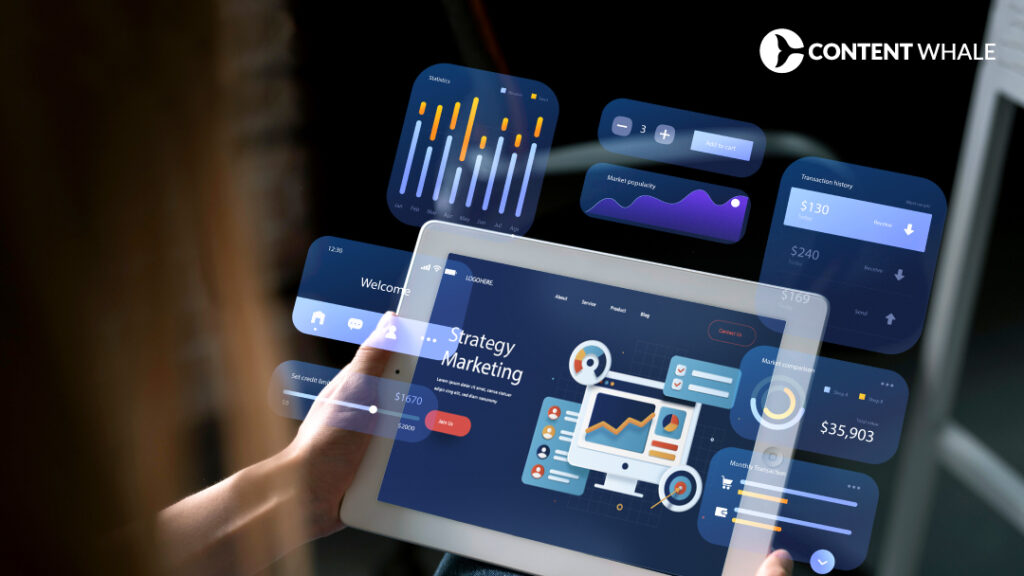
The future of data annotation is rapidly evolving, with several key trends emerging that will shape the development of ethical AI models in the coming years. These trends aim to address ongoing challenges like AI data bias, scalability, and transparency, while also advancing the capabilities of AI.
A) The Rise of AI-Assisted Annotation Tools
Automated and AI-assisted annotation tools are becoming increasingly sophisticated, helping to accelerate the annotation process. These tools can handle large datasets more efficiently, allowing human annotators to focus on complex, nuanced tasks. However, human-in-the-loop AI remains critical, ensuring that ethical standards are met and errors are corrected in real-time.
B) Growth of Multimodal Annotation
As AI systems become more advanced, there’s a growing demand for multimodal annotation, which integrates text, image, video, and audio data into one system. This enables machine learning models to handle more diverse data types and improve their contextual understanding.
Such models will be better at addressing issues like AI transparency and algorithmic fairness as they become more capable of nuanced decision-making across multiple domains.
C) Synthetic Data for Ethical AI
One emerging trend is the use of synthetic data to supplement real-world data for training AI models. Synthetic datasets allow companies to create diverse and representative samples without the ethical concerns related to personal data privacy.
This approach helps maintain data privacy while ensuring inclusive AI systems that are less prone to biases inherent in real-world datasets.
D) Increased Focus on Bias Mitigation and Accountability
Bias remains a critical concern in AI, with solutions such as active learning and bias detection tools being incorporated into the annotation process to address these issues.
Platforms like SageMaker Clarify and Snorkel help identify and correct biases early in the data labeling phase, promoting AI accountability and ethical machine learning practices.
E) Ethical Oversight and Transparent AI
As regulations around AI become more stringent, organizations are under pressure to demonstrate transparent AI systems that align with legal and ethical standards.
This includes clear documentation of annotation workflows and the use of ethical data annotation practices to ensure that AI systems are both fair and trustworthy.
F) Domain-Specific and Industry Adoption
Industries like healthcare, autonomous vehicles, and finance are increasingly adopting tailored annotation practices to meet specific regulatory and operational needs.
For instance, medical image annotation and LIDAR data for autonomous vehicles require specialized knowledge to ensure accurate and ethical AI outcomes.
| # | Trend | Description |
| 1 | Automation in Annotation | AI-powered annotation tools are increasingly handling repetitive tasks, reducing manual effort and enhancing speed. Semi-supervised methods combine AI pre-annotation with human review for quality control. |
| 2 | Rise of Synthetic Data | Generative AI models like GANs are being used to create synthetic datasets, supplementing real data to reduce costs and privacy concerns. |
| 3 | Active Learning | AI algorithms select the most informative data points for human annotation, improving learning efficiency and minimizing annotation costs. |
| 4 | Ethical and Transparent Practices | Ethical concerns like bias and privacy are driving the adoption of transparent annotation workflows with blockchain technology ensuring data integrity. |
| 5 | Crowdsourcing for Annotations | Crowdsourcing platforms are leveraging diverse global talent to perform large-scale, high-quality annotations, particularly in sensitive domains. |
| 6 | Integration with Cloud Computing | Cloud-based annotation platforms are enabling greater scalability and flexibility for large datasets, reducing operational costs for AI projects. |
| 7 | Human-in-the-Loop Systems | Hybrid models combining AI and human expertise are gaining traction for more complex tasks, ensuring both efficiency and accuracy. |
| 8 | Personalized AI Models | Data annotation is enabling more tailored AI models, particularly in industries like healthcare and automotive, where custom solutions are critical. |
Conclusion

As AI becomes more deeply integrated into everyday systems, the role of data annotation becomes increasingly critical in shaping ethical and effective AI models. High-quality data labeling directly impacts the fairness, transparency, and overall performance of machine learning models. By focusing on reducing AI data bias and employing responsible AI practices, organizations can ensure their models make fair decisions and deliver accurate results.
Key trends like automated annotation tools, human-in-the-loop AI systems, and the increasing use of synthetic data are revolutionizing the field, allowing companies to scale their data labeling efforts while maintaining AI trustworthiness. As industries such as healthcare, automotive, and finance require more nuanced and domain-specific data, ethical data annotation practices will be essential to maintaining fairness and accountability.
At Content Whale, we specialize in creating high-quality, ethically sound data annotation practices for AI models. Our expertise spans across various industries, ensuring accuracy, transparency, and bias mitigation. We employ a hybrid approach combining human oversight with automation to meet the unique needs of every project. Let us help you build AI solutions that are ethical, accurate, and scalable.
FAQs
1. What is data annotation?
Data annotation refers to the process of labeling or tagging raw data (like text, images, videos) to make it usable for machine learning models. By assigning labels to data, it enables AI to understand and learn patterns from these inputs, forming the basis of supervised learning. AI data labeling helps systems make accurate predictions, recognize objects, and improve decision-making.
2. Why is data annotation important in ethical AI?
Data annotation plays a pivotal role in creating ethical AI models by ensuring that the datasets used for training are free from bias and properly representative. Ethical annotation helps mitigate AI data bias, enabling models to make fair and accountable decisions. Without high-quality, representative data, AI systems may learn biased patterns, leading to ethical concerns.
3. What are the ethical concerns in data annotation?
The primary ethical concerns in data annotation include potential biases in the datasets, privacy issues, and the well-being of annotators. Ensuring data privacy and minimizing bias are critical. Additionally, annotators working with sensitive data need proper guidelines and ethical oversight to prevent unfair or biased outcomes.
4. How does data annotation reduce AI bias?
Data annotation helps reduce AI bias by ensuring that the data is diverse and representative of different demographic groups. By focusing on algorithmic fairness and employing human-in-the-loop AI systems, developers can catch and correct biased patterns during the annotation process. This enables more equitable AI systems that reflect society’s diversity.
5. What is human-in-the-loop annotation?
Human-in-the-loop (HITL) annotation combines automated tools with human oversight. While AI automates parts of the data labeling process, human annotators review and refine the results to ensure accuracy, reduce bias, and maintain ethical standards. HITL is crucial for tasks that require human judgment and contextual understanding.
